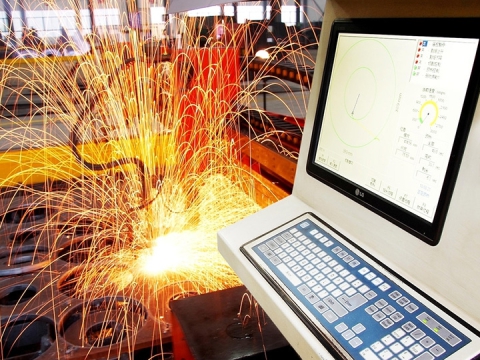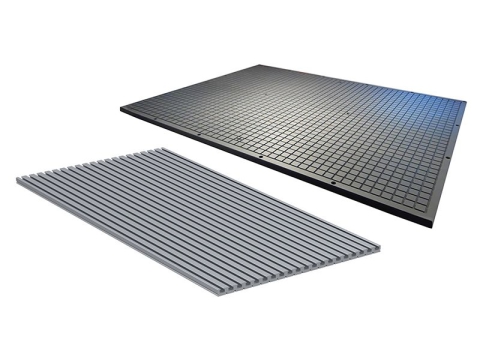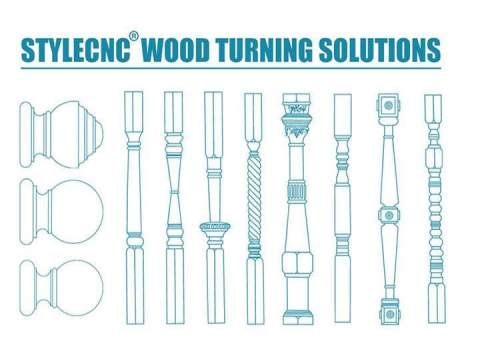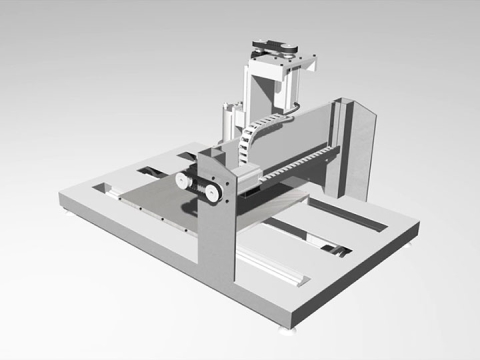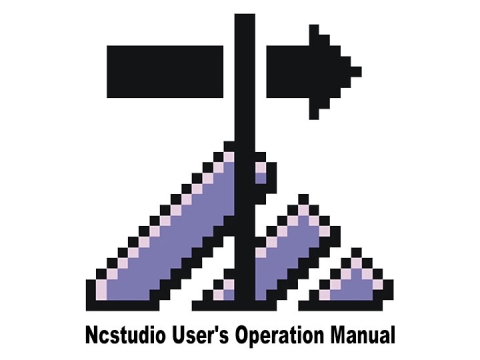Industrial CNC machines are not an economical option for many. It is said, "Innovation at a cost". So, getting a CNC machine is going to give a strike on your card. CNC machines are available in several options from different brands. And the price keeps jumping with the technical advancement the machine possesses.
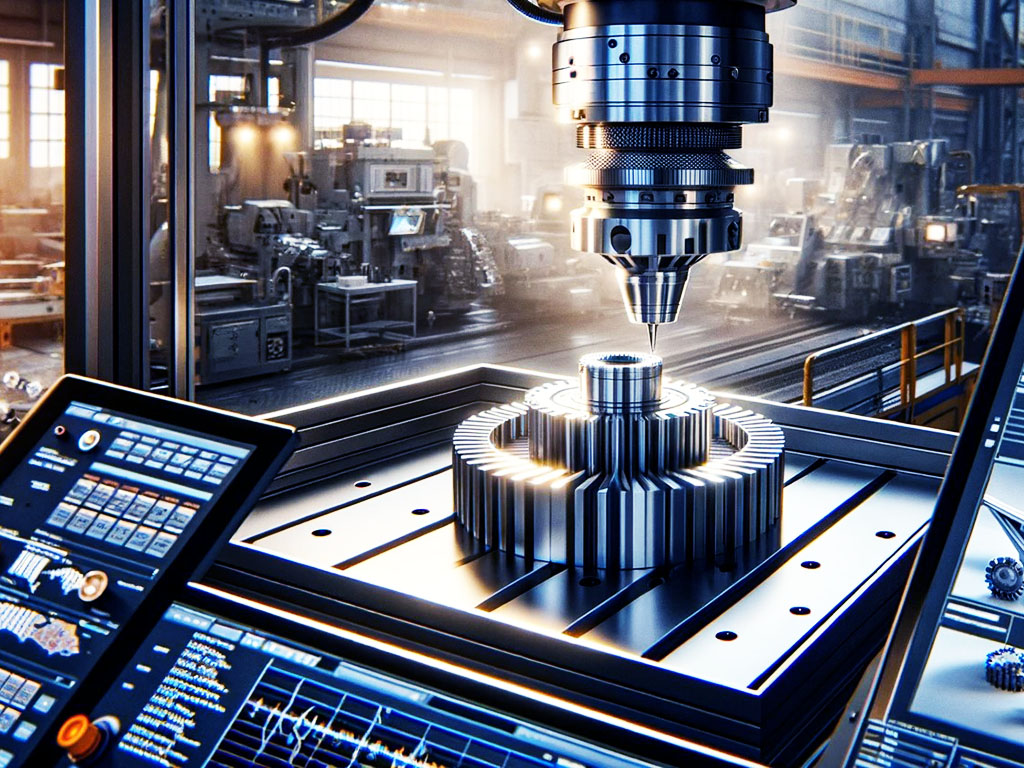
In this article, we are going to give you an overview of CNC machines, and the reasons behind these machines not being an economical choice. Everything you will probably be looking for is given here. Let’s dive into the expenses of an industrial CNC machine.
Applications of CNC Machines
CNC (Computer Numerical Control) machines are the blessings of modern technology. They made technical works more furnished and précised. Therefore, many industries are adopting a CNC machine of their own.
CNC machines have a wide range of applications. These machines are fully computer-controlled. They use CAD and CAM software to complete the machining to the final production. Common usage of CNC machines are,
✔ Electronic Manufacturing.
✔ Automotive Industry.
✔ Aerospace Industry.
✔ Jewelry Making.
✔ Art and Sculpture.
✔ Medical Device Manufacturing.
✔ Metalworking.
✔ Woodworking.
Other than these, CNC machines are popular and a reliable manufacturing tool for plastic fabrication, prototyping, rapid manufacturing, tool and die making, etc.
Why CNC Machines are Expensive?
Industrial CNC machines are engineered to provide high efficiency and accuracy. To do so, high-quality materials and components are necessary. These machines come with more advanced control system.
Besides, having a set of options for customization and flexibility causes additional costs. The differences between quality and specification also change the pricing of a CNC machine. Advanced technology like, sophisticated software, servo motors, ball screws, linear guides, and other components that enable precise movement and control of the cutting tools are also responsible for the price elevation.
While an industrial CNC machine is initially a high-cost project, it can be more economical throughout the mass production of any industry.
Overall, industrial CNC machines are expensive because of the resources needed to create, assemble, and maintain these complex pieces of machinery as well as the benefits they offer to industrial manufacturing processes in terms of accuracy, output, and dependability.
Average CNC Machine Cost
The cost of a CNC machine depends on various factors, starting with the size and capacity to the furnishing ability. Yet we are giving you an overview of the prices for different categories of CNC machines.
A CNC router can start with as low as $150 to $300.000 for a top model. A variety of models are found in this huge price segment. Let’s take a look at the price of different CNC machines.
| CNC Machine Type | Pricing |
|---|---|
| Entry-level desktop CNC router | $150 - $500 |
| Small CNC lathe | $5,000 |
| Hobby CNC machine | $1,000 - $3,000 |
| Entry-level 2-axis lathe | $15,000 - $50,000 |
| Professional CNC machine | $5,000 - $100,000 |
| Entry-level 3-axis mill | $50,000 - $100,000 |
| Production mill | $100,000 - $500,000 |
| Production lathe | $50,000 - $300,000 |
Considering the value of the machine, a CNC router is worthwhile. Consistent mass production and precision lead to no competition.
Total Cost of Ownership (TCO)
Total Cost of Ownership (TCO) is a comprehensive financial metric used to assess how much it will cost to own and operate a CNC machine over its entire lifespan.
A few TCO factors are essential to consider while owning your own CNC machine.
⇲ Initial purchase piece.
⇲ Operating cost.
⇲ Maintenance and repair.
⇲ Training and skill development.
⇲ Downtime and lost productivity.
⇲ Resale value.
Do research on all these factors before buying your CNC router. Your business growth and productivity can significantly grow with a researched investment in a CNC machine.
Cost Affecting Factors
CNC machines are not an economical option for any business. Rather it comes with great possibilities with a higher cost. For consistent industrial mass production, it is the most reliable option right now. Since a CNC machine does a lot in favor, additional pieces of equipment and some other factors increase the overall price of the machine. We have discussed a few key factors regarding the growth in the price of a CNC machine.
Machine Size and Capacity
Larger machines require robust construction and more capacity. A larger structure frame with durable components to withstand the force during machining; high-quality spindle motors, and screwballs are the factors of price elevation.
Construction and Materials
Superior materials, such as granite or cast iron, provide higher stiffness, thermal stability, and vibration-damping capabilities, which improve surface polish and machining precision.
High-quality materials ensure longevity and reduce maintenance and repair costs over time.
Type and Complexity
To manage the increased complexity, CNC machines designed for complicated machining operations, like, simultaneous multi-axis milling or turning with live tooling—need specific components and control systems.
Advanced software algorithms for tool-path optimization and prevention of collisions, high-speed spindles with robust tool-holding systems, and multi-axis servo systems are a few examples of this.
Control System and Software
The control system significantly impacts the performance and versatility. High-end CNC machines come with advanced real-time adaptive control capabilities. Dynamic tool-path optimization, lock lock-ahead algorithms are a couple of more additions to the superior option.
Components and Drive System
The drive system plays a crucial role. It includes servo motors, ball screws, and linear guides. Moreover, some of them come with additional features like direct drive spindle motors, linear scales, and advanced vibration-damping technologies.
Customization Options
Industry-specific CNC machines can cost more due to complex and additional features. Advanced design and engineering require additional costs.
Brand Reputation and Support Services
A well-branded CNC machine offers better warranty coverage, technical support, and service agreement. The reputation for quality, reliability, and customer support service comes with a higher price tag.
Types of CNC Machines
CNC machines are in action in almost every industrial area. With a wide range of usage, these machines are a part of consistent mass production. They are available with different specs and power. the common types of industrial CNC machines are,
• CNC Lathe Machine.
• CNC Router.
• CNC Water-jet Cutter.
• CNC Grinding Machine.
• CNC EDM Machine.
• CNC Swiss-Type Lathe.
Alongside, CNC machines are available as CNC Boring Machine, CNC Press Brakes, CNC Gear Cutting Machine, CNC Engraving Machine, CNC Pipe Bending Machine, CNC Woodturning Machines, etc. day by day, these computer-controlled machines are gaining their place in every industrial production line.
Laser vs. CNC - Which is cheaper?
Laser cutting and CNC machining both are used for cutting and shaping different materials. Though their purpose is the same they follow different technology and parameters.
Typically laser cutting uses a focused beam of light generated by CO2 or fiber laser. On the other hand, a CNC router uses computer-controlled cutting tools. Laser cutting is a non-contact method while CNC does the job with physical contact. Both feature material compatibility and versatility.
Considering the cost-effective factors, such as cutting tool, process type, precision, cutting speed, and software support laser cutting and CNC machining varies in several price tags. An entry-level CNC machine costs $200 to $6,000 while an entry-level desktop laser cutter costs around $500 to $5,000.
Industrial CNC router starts at $10,000 and goes all the way up to $300,000. An industrial laser cutter is available from $10,000 to $500,000.
Is CNC faster than 3D Printing?
Primarily, CNC machining is a faster method to gain mass production than 3D printing.
The volume of the production is a key factor that gives CNC machining a bonus point. On the other hand, 3D printing is good for rapid prototyping and low-volume production. Several reasons give CNC machining a score over 3D printing; material removal and additive process, material properties, part complexity, and a few more.
So, it is now clear that a CNNC machine is going to serve you better and faster than a 3D printer in a large volume of production. This way it is becoming a popular choice among industries.
Is there a 7-axis CNC Machine?
Yes, 7-axis CNC machines are available with more flexibility and versatility. The 7-axis means the machine has 7 degrees of freedom.
Unlike the popular 3-axis, 4-axis, and 5-axis, 7-axis machines are not often seen in regular industries. A 7-axis machine has all the primary X, Y, and Z linear axes with additional axes. These machines are used in larger industries that require high precision and flexibility. Having a 7-axis CNC router reduces the necessity of multiple machines.
A 7-axis machine offers advanced capabilities for machining but it is also expensive than the regular 3-axis or 5-axis routers. Therefore, the maintenance and skill with the larger expansion of a 7-axis is likely to add additional expenses to the production.
How to Reduce the Cost
Reducing the cost of a CNC machine requires different strategies. A CNC machine is an investment in any industry as long as it is operated accurately. Proper skill and knowledge are a must to keep the machine operating. Overall maintenance and repairs also impact the cost of the machine.
Here we have stated a few strategies that you can follow to minimize the cost of your machine.
✔ Simplify the machine design by reducing unnecessary complexity.
✔ Optimize the structural design to minimize material usage.
✔ Choose cost-effective materials for constructing the machine frame.
✔ Opt for readily available and economical materials for other machine components.
✔ Implement lean manufacturing principles to streamline production processes.
✔ Reuse off-the-shelf components and standardized parts wherever possible.
✔ Negotiate favorable terms and contracts with suppliers to secure better pricing.
✔ Conduct value engineering analyses to identify opportunities for cost reduction.
✔ Perform a lifecycle cost analysis to evaluate the total cost of ownership (TCO) of the CNC machine.
Final Words
An industrial CNC machine offers more capabilities and complex manufacturing in mass production. It reduces the use of multiple CNC routers that much we have learned. So, making a decision should be easy by now considering the provided information here.
And follow the cost-saving strategies. They are useful in all circumstances for saving your pocket.
